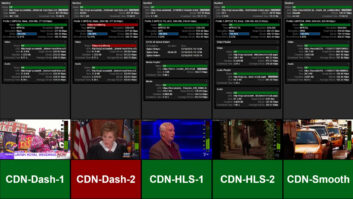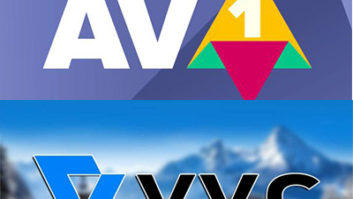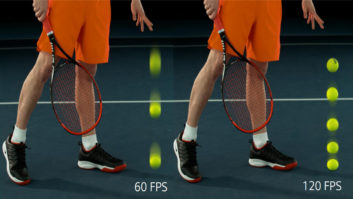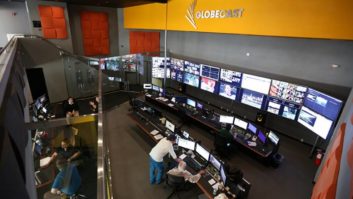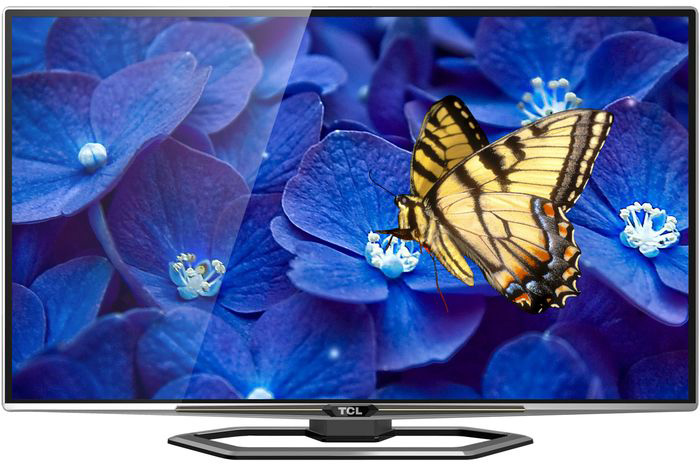
Ultra HD sets could make up nearly half of all global TV set sales in four years time, but will they all be technologically obsolete by being incapable of displaying the full range of dark and light images?
Futuresource Consulting’s recent market report forecasts a healthier business for TV screen vendors, driven in part by demand for 4K sets, which it reckons will account for 42% of the total by 2018, up from just 5% this year.
Besides attractive pricing, the consumer electronics industry is hoping that the ability of many of the sets to upscale from HD will encourage consumers to buy the sets in advance of the content industry gearing up for widespread 4K content capture and distribution, the analyst stated.
Larger screen size categories are expected to migrate rapidly to 4K, “predominantly the result of upstream competitive pressures and efficiencies in panel manufacturing,” said Jack Wetherill, senior market analyst.
“After a weak performance from the global TV set market in 2013, with revenues and shipments down 4% and 2.6% respectively, the segment is expected to return to growth in 2014,” he added.
By year end the global TV market will have grown by around 1% to top 230 million units, with the majority of growth being derived from Latin America, Middle East and Africa and emerging Asia Pacific. The Chinese market is also strong, bolstered with a government subsidy programme.
However, if the body responsible for writing the Ultra HD broadcast standard agrees – as seems likely – to incorporate additional specifications for high dynamic range then very few of these displays will be capable of showing 4K in its full glory.
The International Telecommunication Union (ITU) is considering adding HDR to a revised spec due in about 2017.
David Wood, chairman of the relevant ITU group, told The Hollywood Reporter: “In many parts of the world, those who have seen demonstrations of high dynamic range on TV screens with the higher screen brightness, find that it does increase the perception of image quality significantly. To some, the HDR ‘gain’ is more valuable than more definition, because you notice it further back from the TV set. But the benefit you get depends on the content that the programme maker provides.”
Proposals from Dolby and Technicolor include a means of displaying HDR content in consumer sets. Sharp and TCL (whose 65-inch E6591 Ultra HD screen is pictured) are among those signed to support Dolby Vision in forthcoming product.
According to Wood, the ITU is also considering format options from Philips, and the BBC. “The plan is to perform quality evaluations that will allow them to be ranked for effectiveness,” said Wood.
These tests will be conducted by an ITU group lead by the BBC’s head of HD technology, Andy Quested.
Anyone wanting to learn more and gain the latest updates to this key to Ultra HD production and adoption should attend Beyond HD Masters, the TVBEurope hosted one-day event on 3 June at BAFTA, London.
David Wood, Andy Quested and Futuresource will all be making presentations at the event.

